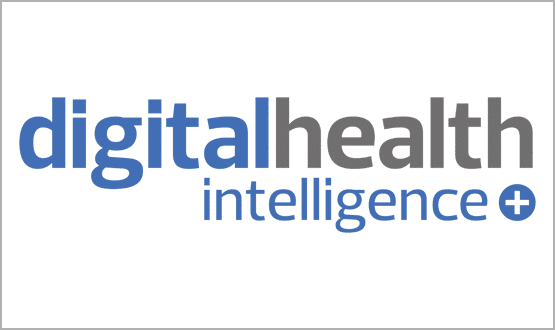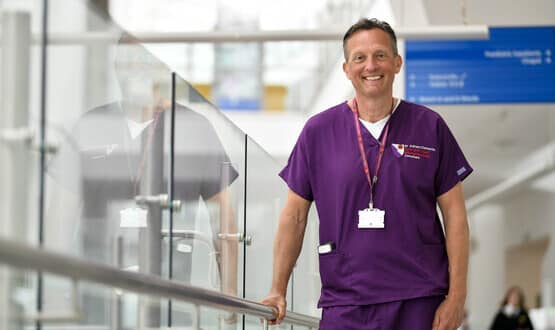Kent NHS trusts modernise imaging diagnostics with new PACS
- 20 May 2022

Kent and Medway Medical Imaging Consortium has procured a medical imaging system which will support faster diagnoses for patients, improve workflow efficiencies for staff and can be scaled up for the future.
The new system from Sectra will mean that clinicians at East Kent Hospitals University NHS Foundation Trust, Maidstone and Tunbridge Wells NHS Trust and Medway NHS Foundation Trust will all have access to medical imaging regardless of where it was captured.
At the same time the picture archiving and communication system (PACS) will enable the trusts within the consortium to pool their resources and help balance the workload at a time when radiologists and specialists are scarce. And it will also support greater flexibility for radiologists, allowing them to work from anywhere.
Improving the accessibility of images will mean that patient safety is enhanced, as duplicate scans can be avoided to minimise radiation exposure to patients. New radiation dose monitoring functionality will also be introduced with the system.
Other key benefits of the system will support staff to be more efficient. Third party visualisation tools will open and close in patient context in the PCAS, reducing the need to log in and out of different programmes. Plus PACS-based reporting is integrated into the consortium’s radiology information system (RIS) to minimise the need for radiologists to manually access the RIS.
Sue Lang, radiology transformation programme manager for East Kent Hospitals University NHS Foundation Trust, said: “Patients can expect their imaging to follow their care journey – whether that’s within our consortium or beyond.
“For example, cancer patients often move to specialist centres, and others are referred to London hospitals as part of a trauma network and then come back to us, so it is key that we can easily share and access imaging.”
Sectra’s implementation of the system in Kent will be done alongside its vendor neutral archive during 2022 and 2023. In the first instance it will focus on radiology and medical photography, such as x-rays, CT scans, MRIs and ultrasounds.
But the PACS also supports enterprise imaging, giving the consortium the potential to expand the system to other diagnostic disciplines in the future.
Jane Rendall, managing director at Sectra in the UK and Ireland, said: “Accurate and timely diagnosis is key to inform appropriate treatment. Trusts in Kent will become better connected with each other and with others in the region, as they modernise diagnostic imaging to ensure the best outcomes for patients and create the best possible working conditions for radiologists and healthcare professionals.”
The consortium is also planning to support the flow of images with new community diagnostics centres and with GPs in Kent. This is in response to the government’s initiative to tackle the elective backlog and bring diagnostics closer to patients.
At the start of this year another consortium of five NHS trusts in Surrey and Sussex also signed a deal with Sectra for its PACS.




